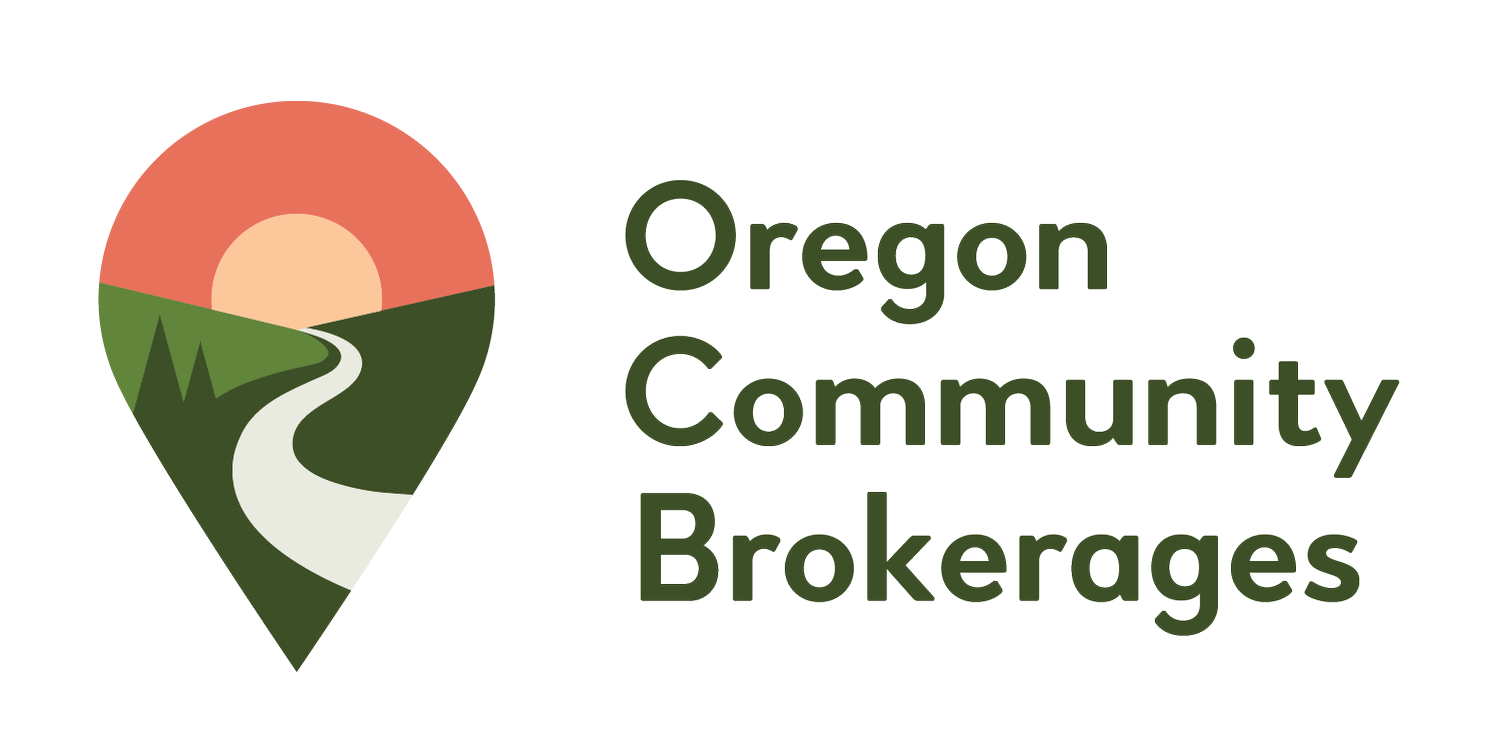Compass! Blueprint! Change Is In the Air
A lot of work is underway at the Oregon Office of Developmental Disabilities Services (ODDS). Either you have heard about it, or you are going to start hearing about it soon. Changes are coming to processes, forms, service rates, case management, ISPs, and so much more. In order to understand all of this change, we need to revisit some recent history and follow the path to where we currently stand.
As is so often true in Oregon IDD services, policy change began at the Oregon Capitol Building.
Hop into the time machine and head back to July 2013, when the K Plan came to Oregon. Caps on in-home service budgets were lifted, children became eligible for in-home services, service eligibility and allocations became tied to a needs assessments, and Oregon's IDD service system was undergoing change and growth at a pace we'd never experienced before. The policy decision to move Oregon onto a statewide service plan for all Medicaid recipients had already been made by the Oregon Legislature, and the work of July 1st and beyond was to implement that decision. Oregon's IDD services before this time were limited and tied to state waivers that applied to specific groups of individuals (such as adults with IDD living in their own home, children with IDD who had intensive needs, etc.). The K Plan entitled Oregonians eligible for IDD services to the amount of services required to meet their needs, and so we saw the amount of services allocated per person sky-rocket.The bill for all of this change and growth came due in 2015 at the first full legislative budget process since K Plan implementation. The fiscal and programmatic impacts of the K Plan and all of its policy changes really began to be felt by legislative budget leaders. Reports showed that the amount of IDD services being used were way up, and projected to keep going up at an alarming rate. Key legislators began to call for cost-cutting in DD services.At ODDS and in the IDD stakeholder community, the word “sustainability” ruled the day.
Money, and how to save it, was a major topic of conversation.
In response to this, in 2017, ODDS pulled together a Strategic Planning group of about 40 stakeholders from all parts of the system. Self-advocates, direct service providers, case management representatives, family advocates, and more came together to find a way forward. We were charged with making a plan to define and guide IDD services through necessary adjustments and improvements. It was meant to pull everyone together to point in the same direction.The K Plan threw a lot of things out of balance: it allocated massive numbers of hours for services, but in most cases dropped the rates that could be paid for those services. It dismantled the Crisis system that had acted as a safety-net for people in our home and community-based services. It sent us scrambling to achieve compliance with the federal Centers for Medicare and Medicaid Services (CMS) rather than our core values. You can take a look at what the group came up with by clicking here. It is a comprehensive five-year plan to refocus our IDD services on the people who use them. To do that, there are goals to change critical system components such as:
Case management services
Websites and other publicly available information resources
Communication
Cultural and language accessibility
ISP process
Use and access to Assistive Technology
Rebuilding critical crisis supports
Develop new service options
Grow our provider capacity
It described a lot of work to be done in five short years. To find and follow our "North Star," as it is described by ODDS Director Lilia Teninty in the forward, we needed a compass. The Compass Project was launched soon after as a name for the broad system work needed to achieve the Strategic Plan.Under the Compass Project, ODDS has:
Finding the way forward requires some navigation support.
Developed the Oregon Needs Assessment (ONA), a carefully crafted and transparent tool meant to measure a person's service and support needs. When Compass is complete, the ONA will replace other needs assessments, and will also result in a Service Group assignment that indicates how many and what kinds of services a person is allocated. The Service Group will also determine the rate at which certain services will be paid out.
Contracted for the research and establishment of an entirely new model for provider rates. These rates were created alongside providers over the course of a few years. The legislature directed ODDS to fully fund these rates by the end of the current biennium. The new rates have begun rolling into effect, and should be fully implemented by July 2022.
Formed the Blueprint Project, dedicated to researching options and creating recommendations to reform and improve case management services in Oregon.
Pulled together a advisory group to redesign the ISP process.
We’ve been at this five year Strategic Plan for nearly four years, with a little more than a year to go. Obviously, the COVID pandemic has disrupted and delayed this work along with every other facet of life. But our present day sees ODDS and the IDD stakeholder community ready to pick this work back up and re-engage.This is why we find ourselves approaching some big moves:
Fully implementing the Rate Model for services
Tying rates to ONA scores and Service Groups
Finalizing Blueprint Recommendations and figuring out what’s next
Relaunching the ISP Process Redesign
Creating an IDD data system that can house and share service information
To learn more about this massive system change, you can sign up and attend a Compass training from the ODDS website here. Look at the column to the right to make sure you're choosing one for the correct audience. Bring your questions! And to this season of the IDD community, bring your spirit of optimism, and commitment to our core values of diverse opportunity for and true empowerment of people with intellectual and developmental disabilities.




